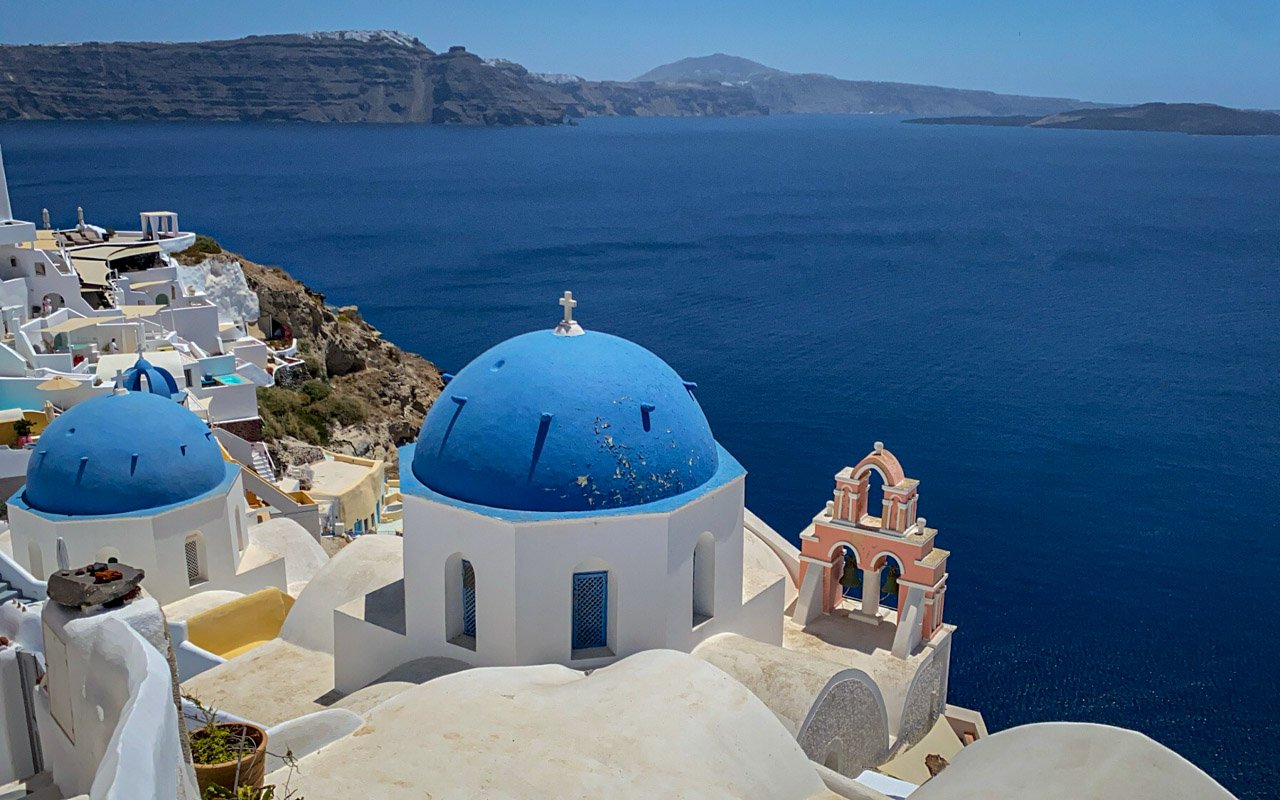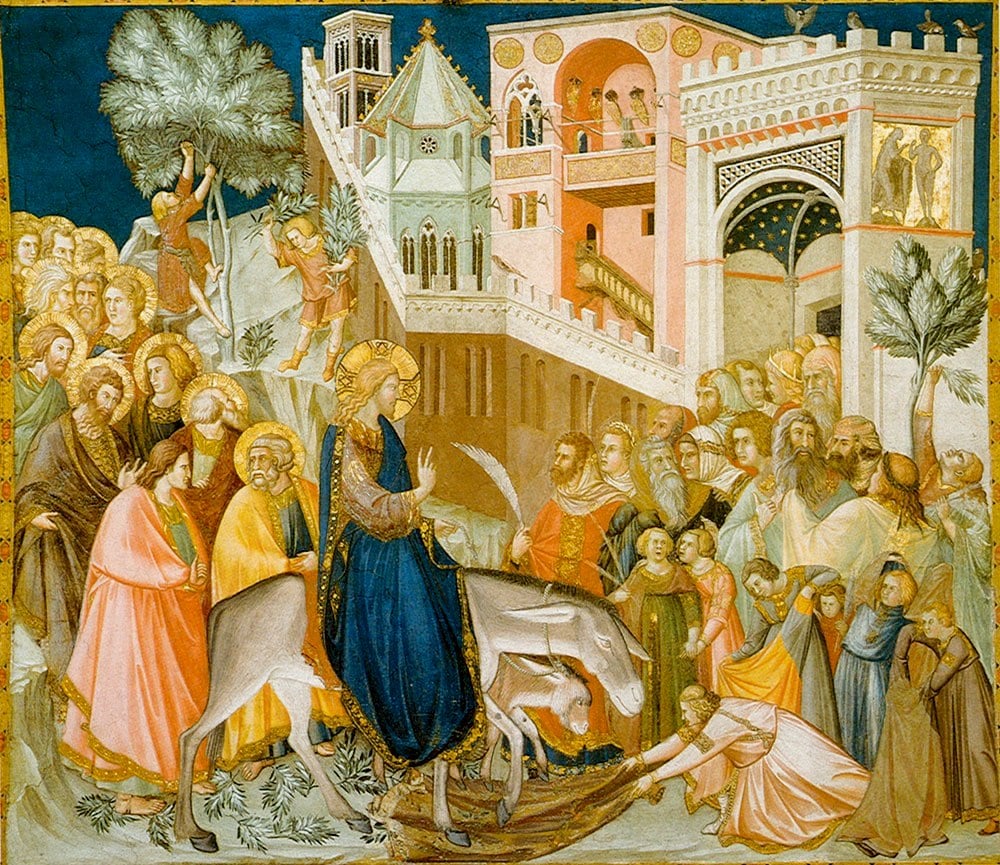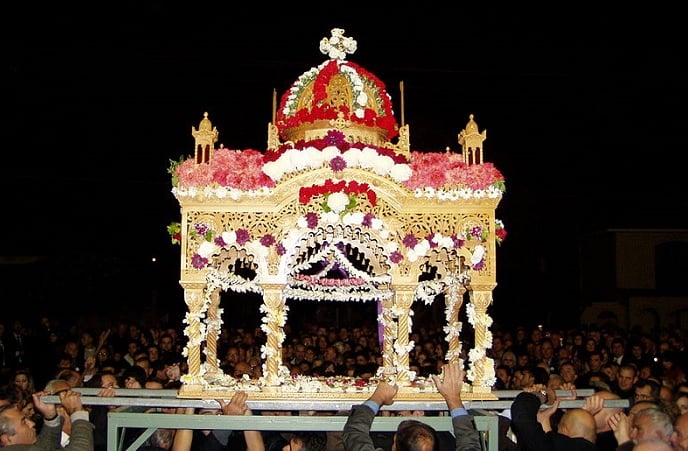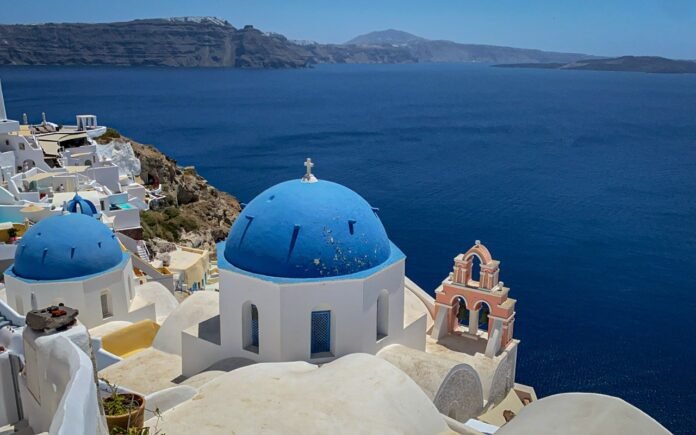
The countdown to the Orthodox Easter, or Pascha, the most important religious feast of the year, is set to begin on March 3, 2025, when Greece celebrates “Kathara Deftera,” Greek for “Clean Monday.”
The date is the start of the period called Sarakosti, signifying 40 days of Great Len, leading up to the Greek Orthodox Easter on April, 20.
This year the Orthodox Easter is celebrated on the same day as the Catholic Easter. The two Churches are in talks to make a joint celebration every year from now on.
Dates in the countdown to Greek Orthodox Easter 2025
March 3, Clean Monday
Clean Monday puts an end to the riotous Carnival celebrations that preceded it, inviting all Orthodox Christians to leave behind the sinful attitudes associated with Carnival festivities — and non-fasting foods, which were largely consumed during the three weeks of the Carnival.
3 March – 19 April, Sarakosti
Sarakosti is considered one of the most important annual feasts in Greece, commencing the 40 days of Great Lent for the Greek Orthodox Church.
Sarakosti is actually not 40 days but 48 and was named so in memory of Christ’s forty-day fast in the desert.
The feast begins on the first day of the 7th week before the Greek Orthodox Easter Sunday. During the Sarakosti people refrain from eating meat, dairy or fish but they are allowed to eat seafood.
The purpose of Great Lent is to prepare the faithful not only to commemorate but to enter into the Passion and Resurrection of Jesus.
Sarakosti’s Services
Starting on Friday, March 14, and for the four following Fridays, the Greek Orthodox Church marks the countdown to Easter with the solemn Service of the Salutations.
During the first four Salutation Services, the Akathist Hymn is sung in parts. On the fifth Friday is sung in its entirety.
This hymn, a profound devotional poem dedicated to the Virgin Mary comprises twenty-four stanzas, divided into four parts.
Friday 14 March, First Salutation Service
The first part of the hymn is about the Annunciation to the Virgin Mary by the Angel. It describes Mary’s surprise at the news, her visit to her mother and Joseph’s doubts as to her innocence.
Friday 21 March, Second Salutation Service
The second part is about the birth of Christ, the worship of the Shepherds and Magi, the flight to Egypt, and the visit to Saint Simeon in the Temple.
Friday 28 March, Third Salutation Service
In the third part, the hymn directs our attention to the renewal of the world by Christ’s coming, and the amazement of the Angels and the wise men at the sight of the Incarnation of God’s Son.
Friday 4 April and Friday 11, Fourth and Fifth Salutation Service
The fourth and last part is once more a lyric and rhetorical praise of the Virgin Mary, whom the poet adorns with the most beautiful of adjectives, asking her to accept his poetical offering and to intercede for the salvation of the human race from earthly sin.
12-13 April, Saturday of Lazarus and Palm Sunday
Lazarus Saturday is counted among the major feasts of the Church. It refers to the moveable feast before Palm Sunday to which it is liturgically linked. It celebrates the raising of Lazarus of Bethany. Bethany is recorded in the New Testament as a small village in Judaea, the home of the siblings Mary of Bethany, Martha, and Lazarus, as well as that of Simon the Leper.

John’s gospel reports that “Six days before the Passover, Jesus came to Bethany, where Lazarus lived, whom Jesus had raised from the dead.”
The hymnography of the feast interprets the theological significance of the event. Accordingly, the resurrection of Lazarus is viewed as a prophecy in action. It prefigures both the resurrection of Christ, as well as the general resurrection of all the dead at the end of the age.
Palm Sunday is a Christian moveable feast that falls on the Sunday before Easter. The feast commemorates Christ’s triumphal entry into Jerusalem, an event mentioned in each of the four canonical Gospels.
Palm Sunday marks the first day of Holy Week.
April 13-19, Holy Week
This year, Orthodox Holy Week will be observed from April 13 to April 19.
In Holy Week, also called Passion Week, the church’s liturgies run for hours and hours. The gospels read in church during this time recount the Passion of Christ, the painful days that led Him to the Cross and finally to the Resurrection.
Holy Monday’s liturgy commemorates the blessed and noble Joseph and the fig tree which was cursed and withered by the Lord, followed by the Last Supper on Maundy Thursday and the Passion of Jesus Christ on Good Friday. Orthodox Holy Week concludes with Christ’s death and descent into Hades. The week-long observation celebrates and honors the life of Christ.
Liturgy on the Tuesday of Holy Week commemorates the parable of the Ten Virgins. It is about the preparation of the soul and wakefulness.
On Holy Wednesday, Orthodox churches hold the Liturgy of the Presanctified Gifts. This very ancient Liturgy is a Vesper Service held during the evening.
Holy Thursday liturgies are the most heartbreaking of all, as Jesus Christ’s betrayal is recalled, and he is led to his death at the end of the day.

On Holy Friday, church bells throughout Greece ring mournfully all day long, and in the evening there is the Procession of the Epitaphios—a recreation of the tomb of Christ—in each parish.
On Holy Saturday, psalms are read and Resurrection hymns are sung, telling of Christ’s descent into Hades: “Today Hades cried out groaning,” the psalmist says.
20 April, Easter Sunday
Greek Orthodox Easter 2025 is on April, 20.
Orthodox Easter Day, which takes place on the Sunday after the first full moon after Passover, is a sacred season and the most significant celebration of the Eastern Christian churches or Orthodox churches.
Every Easter, Greeks thank and honor Jesus Christ who died on the cross for our sins, and we celebrate the miracle of the Resurrection, the rise of Jesus Christ from the dead, and the promise of an afterlife.
Talks for shared Orthodox-Catholic Easter date
Bartholomew, the Ecumenical Patriarch of the Greek Orthodox Church, has backed the proposal for the permanent establishment of the celebration of Easter by the Orthodox and Roman Catholic Churches on the same day.
Speaking in December 2024 he said that since this year the date of the celebration of Easter coincides “we consider that we are given a golden opportunity to reach an agreement with brother [Pope] Francis regarding the permanent establishment of the celebration of Easter by the Orthodox and Roman Catholic Churches on the same day and for the following years.
“We are optimistic that the Anglican Church and the other Protestant Confessions will certainly adopt such an agreement,” Bartholomew stressed.
Why Orthodox and Catholic Easter are on different dates
Orthodox Churches still use the Julian calendar for Easter, meaning that at certain times there can be a weeks-long lag behind the Gregorian. Due to this difference in the measurement of days, the last time the two great Christian denominations shared a date for the celebration was in 2017.
For purely astronomical reasons, the difference between the celebration of Easter for the two denominations will be getting wider and wider.
As a result of this widening gap, from 2700 onward, the celebration of Easter for the Greek Orthodox Church and the Western Christian churches will never coincide again.
The last time Easter celebrations will coincide is estimated to be in 2698. From then on, Orthodox and Western Christians will never celebrate the Resurrection of Christ together again.
